10 Birds That Chirp at Night in Texas (With Pictures)
Last Updated on
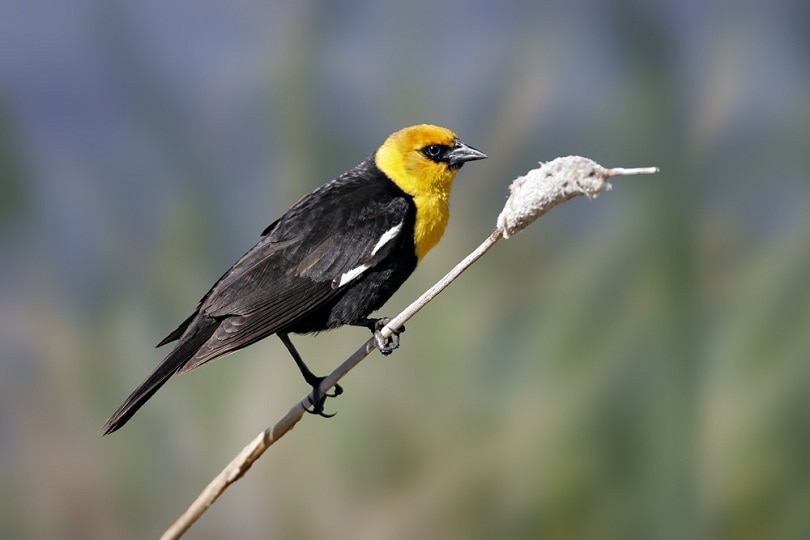
Most people believe that owls are the only late-night birds in our ecosystems because that’s how they are portrayed in movies. When in reality, we have several other bird species that like to vocalize while other animals are fast asleep.
For someone inexperienced, you might not be able to tell the difference right away. Accurately identifying a species by just listening to the sounds they produce, is a skill you’ll have to develop over time. Needless to say, it requires patience, consistency, and commitment.
“Is it ever going to be easy?” Unfortunately, no, it’s never going to be easy, especially if you’re trying to identify late-night visitors, who hail from communities known to have diverse repertoires.

Top 10 Birds That Chirp at Night in Texas:
1. Northern Mockingbirds
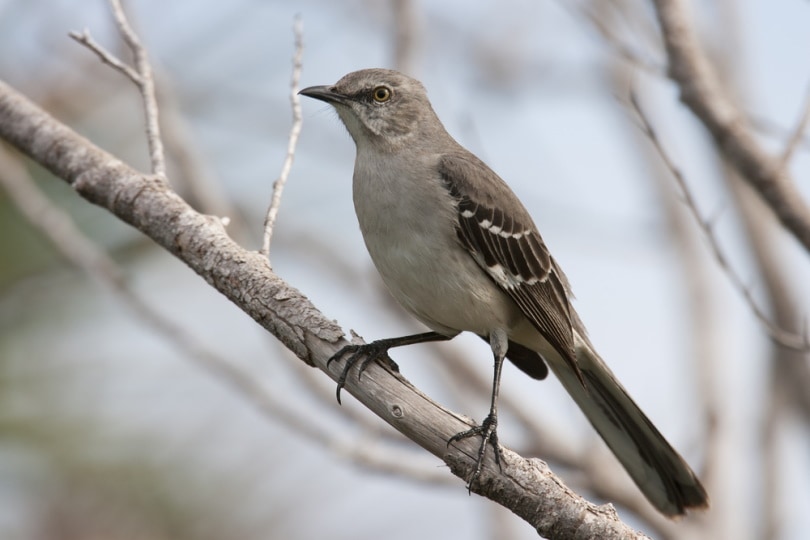
| Weight: | 1.6 – 2.0 oz (45 – 58 g) |
| Length: | 8.3 – 10.2 in (21 – 26 cm) |
| Wingspan: | 12.2 – 13.8 in (31 – 35 cm) |
Here’s something a lot of people don’t actually know about this species; the mockingbird‘s scientific name is Mimuspolyglottos, and it translates to “many-tongued mimic.” And that’s not all, as we’ve learned that the Indian community also has a name for it, and it’s the Cencontlatolly. What’s the literal translation, you ask? It’s “four hundred tongues.”
Clearly, they were fascinated by the fact that the mockingbird can easily imitate the calls and songs produced by dozens of other species. including the croaks of the frog.
There’s no significant difference in the sexes’ physical attributes except the females happen to have fewer whitish patches on their plumage.
2. Great-Tailed Grackle

| Weight: | 3.7 – 6.7 oz (105 – 190 g) |
| Length: | 15.0 – 18.1 in (38 – 46 cm) |
| Wingspan: | 18.9 – 22.8 in (48 – 58 cm) |
Like a crow, the grackle is loud, intelligent, black, and has almost every other feature that the crow has, but they aren’t related. It doesn’t belong to the Corvidae bird family, which by the way, has the jays, ravens, treepies, jackdaws, and choughs, among others.
This grackle species is part of the blackbird family, which also includes the orioles, cowbirds, red-winged blackbirds, and brewers. It’s an opportunistic species that can survive in any habitat, save for the desert. That’s why you’ll always find one in every state you visit in this country.
Any avid birder can tell this species is a lot more streamlined than the crow. And since it’s a passerine, it has a unique toe arrangement, meant to facilitate perching. Usually, the adults have vivid blue or violet features with remarkably long tails.
The great-tailed grackle is an omnivore. In other words, we’re looking at a species that has a varied diet. It feeds on anything that doesn’t have a backbone (invertebrate), including tadpoles. millipedes, spiders, bugs, beetles, you name them. The vitamins, magnesium, calcium, and other essential minerals are all obtained from fruits, berries, seeds, grains, etc.
3. American Robin
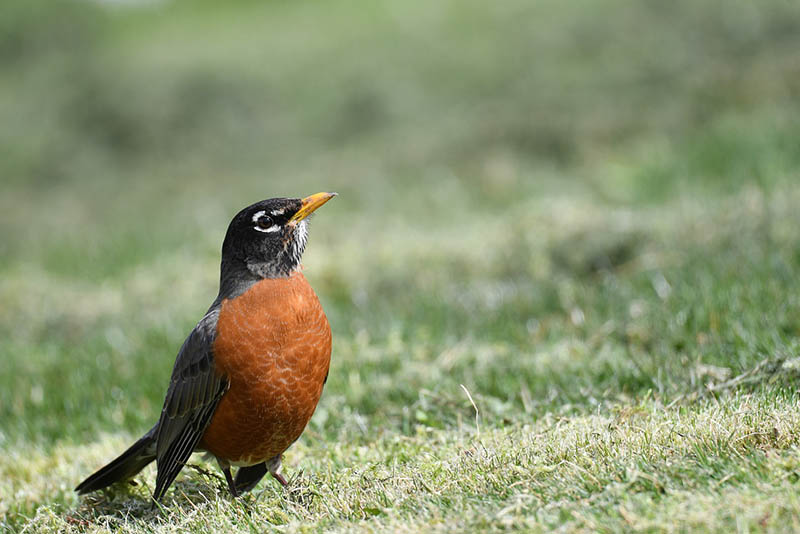
| Weight: | 2.7 – 3.0 oz (77 – 85 g) |
| Length: | 7.9 – 11.0 in (20 – 28 cm) |
| Wingspan: | 12.2 – 15.8 in (31 – 40 cm) |
Did you know the American Robin was named by the early colonial settlers? They felt it had a breast color that looked similar to that of the European robin and the thrush, combined.
Moving on, the American robin is one of the most common birds in this country. You could find them in any neighborhood, busy foraging for worms. If there’s no worm to hunt, then they’ll revert to berries and other small fruits.
What we love even more about the robins is that they are all-year-round residents of Texas. While other species are busy packing and preparing to migrate to other regions, the robin will be busy looking for a good breeding ground. Their breeding habitats are thickets in prairies, farmlands, forests, etc.
The females prefer building their nests in shrubs, or on tree crouches using dried mud, plant stalks, soft grass, and animal fur. It’s a cup-shaped nest that’s strong enough to withstand harsh weather elements.
4. Red-Winged Blackbird
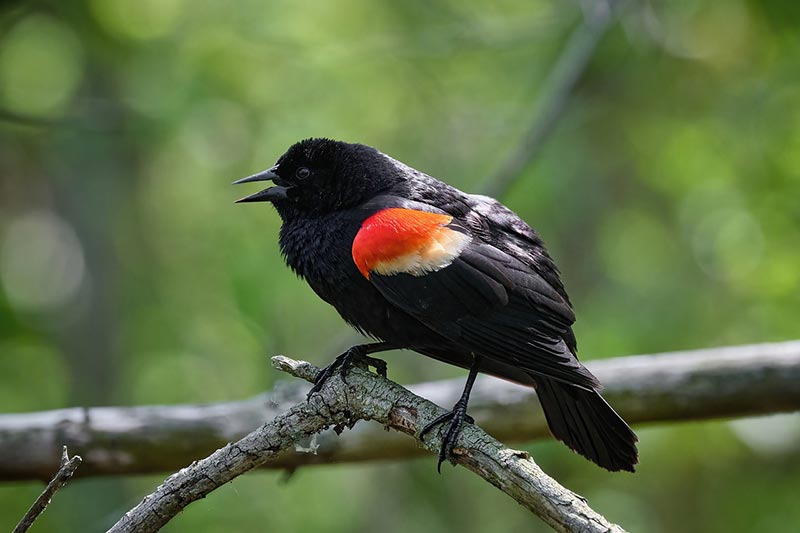
| Weight: | 1.1 – 2.7 oz (32 – 77 g) |
| Length: | 6.7 – 9.1 in (17 – 23 cm) |
| Wingspan: | 12.2 – 15.8 in (31 – 40 cm) |
Whenever we think about this bird, the first thing that comes to mind is spring. They normally migrate the minute the temperatures start dropping but are the first ones to return, signaling the beginning of spring. The males are attention junkies, as they like to play around just to grab the attention of anyone passing by or a potential mate.
Mistaking this species for a different bird is almost impossible, as they typically bear the iconic dark plumage with shoulder patches that are largely red with shades of yellow. The females, on the other hand, are not so easy to identify. As a matter of fact, to the untrained eye, they’ll look like a completely different species.
Generally, they aren’t black, but dark brown and streaked. What’s more, the red shoulder patches that characteristically describe the species are never there.
Are they territorial and aggressive? Yes, and yes. Particularly the males who’ve already scored a mate. Over the years, they’ve gained a lot of notoriety, courtesy of this aggressive behavior that doesn’t discriminate against who’s on the receiving end. They’ve been spotted attacking cyclists, motorists, pedestrians, and even other species in the wild.
5. Eastern Whip-Poor-Will
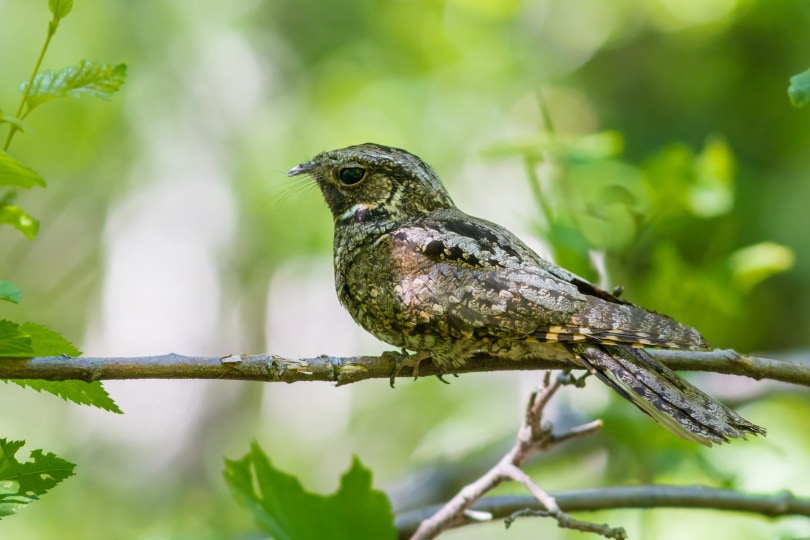
| Weight: | 1.5 – 2.3 oz (43 – 64 g) |
| Length: | 8.7 – 10.2 in (22 – 26 cm) |
| Wingspan: | 17.7 – 18.9 in (45 – 48 cm) |
We know it’s a strange name, but that’s what you get when you start getting too comfortable producing songs that are so distinctive— you end up being used as a muse in several of the classical poems ever written.
Also, this nocturnal creature is one of the members of the nightjar family. Sometimes referred to as the “goatsuckers,” this group of birds was once thought to be the reason why nanny goats rarely had any milk left in their sucks every morning. The locals at the time believed the birds would suck the goats dry, and quietly leave before anyone woke up.
The whip-poor-will is a strange species because rumor has it that they are among the few animals that could go into hibernation the same way the common poorwill does when the elements are too harsh. We don’t know how true that is, considering they are migratory as well.
6. Brewer’s Blackbird
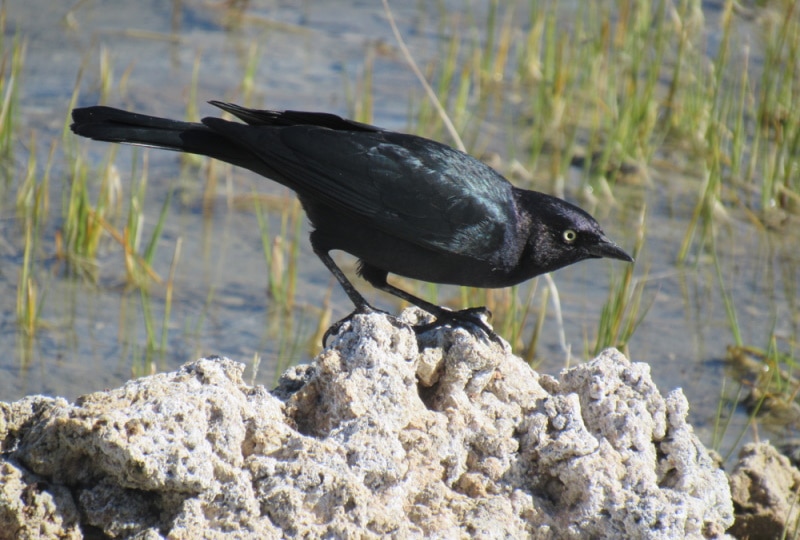
| Weight: | 2.1 – 3.0 oz (60 – 86 g) |
| Length: | 8.3 – 9.8 in (21 – 25 cm) |
| Wingspan: | 14.6 in (37 cm) |
The other notorious attacker in the blackbird family is the brewer species. The only difference is the fact that this bird seems to relish the opportunity to attack anyone, even if it hasn’t been provoked. Its attacks are so persistent that you’ll find warning signs posted in some towns, letting any tourist know what to expect.
The brewers aren’t as active during winter as they are during summer. But that’s to be expected considering winter’s the one time of the year when various resources will be depleted, in addition to the freezing temperatures. Brewers mainly feed on insects, including termites, aphids, grasshoppers, etc. The berries and seeds will be reserved for winter.
The females lay up to seven eggs if the conditions are ideal. Her eggs will hatch after 12 to 14 days of incubation, and the nestlings will be ready to explore the world 2 weeks after hatching.
7. American Woodcock

| Weight: | 4.1 – 9.8 oz (116 – 279 g) |
| Length: | 9.8 – 12.2 in (25 – 31 cm) |
| Wingspan: | 16.5 – 18.9 in (42 – 48 cm) |
We know it’s hard to believe the American woodcock is a shorebird because it doesn’t look like one. You might also be shocked to learn that this species is considered a close relative of the dowitcher and snipe.
The American woodcock is a nocturnal species. One of the very few birds that like to hang out by themselves, even while foraging for food. They often use those long, pointy bills of theirs as tools to dig out any worm that might be hiding under the rocks or in crevices.
Identifying one is not all that difficult, seeing as they always have an oval body shape that sort of looks chunky. Their plumages have blackish, gray patterns that help them hide really well amongst decadent deciduous leaves.
8. Rusty Blackbird
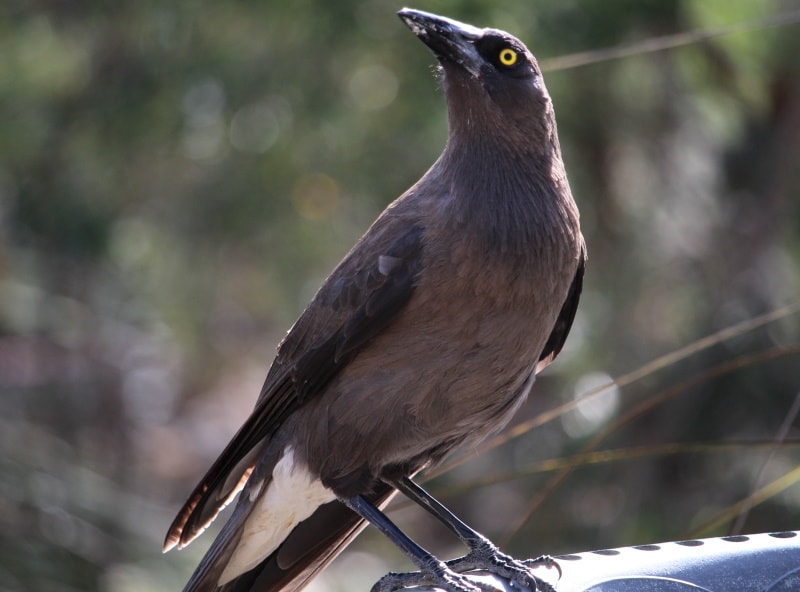
| Weight: | 1.7 – 2.8 oz (47 – 80 g) |
| Length: | 8.3 – 9.8 in (21 – 25 cm) |
| Wingspan: | 14.6 in (37 cm) |
“Rusty” describes the reddish-brown color of the feather edges. The general color of the plumage is black for the males, and dark brown for the females, but the edges are different. They are not all that social, but at the same time, they don’t like isolating themselves. So, chances are, you’ll find them in the company of the European starlings, red-winged blackbirds, or common grackles.
Their method of foraging is simple—flipping over debris and leaves until they find something nutritious. The rusty blackbird has a bubbly call that’s very distinctive, and unforgettable. Usually, it ends on a high-pitched rising note.
We recently learned that the rusty blackbird is one of the species that has experienced a mystifying decline over the past few years. There’s even a survey that discovered that they’ve undergone an 89% cumulative decline between 1966 and 2014. That equates to a 4.4% decline every year, in the past 5 decades. Needless to say, you should be hunting them down, or harming them in any way.
9. Common Pauraque

| Weight: | 1.9 oz (53 g) |
| Length: | 8.7 – 11 in (22 – 28 cm) |
| Wingspan: | 17 – 18 in (44 – 46 cm) |
The common pauraque is not only a member of the nightjar family but the most famous one. 9 out of 10 birds will list this bird first on their list of nightjars before they talk about any other member.
We often bump into them during our late-night drives because that’s when they are most active. Just go to any open field of space once the sun sets and you’ll find them foraging for night-flying beetles or slow-flying insects. This species is more common in the southern side of Texas. We don’t think they are nomads, since we always have them around regardless of the season.
They prefer breeding in brushy woodlands, where they can easily find bushes or fallen leaves to hide those two beautiful eggs—the female never lays more than two eggs. And when it’s time to start incubating the eggs, the parents will alternate bouts.
10. Yellow-Headed Blackbird
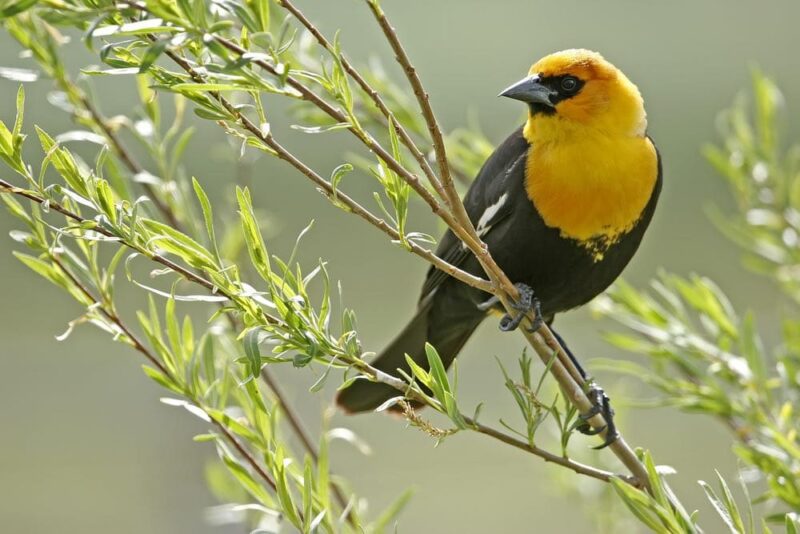
| Weight: | 1.6 – 3.5 oz (44 – 100 g) |
| Length: | 8.3 – 10.2 in (21 – 26 cm) |
| Wingspan: | 16.5 – 17.3 in (42 – 44 cm) |
The name “yellow-headed” is not just a name, but an accurate description of what this species looks like, as well. And that large yellow head has been attached to a stout body that’s covered by a black plumage for the males, and a gray-brown one for the females. The juveniles tend to look a lot more like the females than the males.
The yellow-headed bird is an omnivore. It will go for grasshoppers, beetles, worms, or even spiders during summer, and forage for nuts, grains, or seeds during winter. They are normally social with one another but loathe other species. You’ll find them flocking fields to feed on the seeds produced by wild plants.
This species shares the same habitat as the red-winged blackbird, which happens to be a close cousin. But as you’d expect, there has to be a more dominant species between the two, and it’s the yellow-headed bird.
They prefer to breed in the wetlands, where females get the chance to build nests on the wet vegetation that hangs over wild rice, bulrushes, and reeds. Ordinarily, the female lays three to five eggs and incubates them for close to 2 weeks.

Reasons Why Birds Chirp at Night
Different species often chirp at night for different reasons. However, the chief reason is and has always been, to communicate.
It could be the need for food, protection, or a potential mate. They already know getting whatever they want without broadcasting their feelings is virtually impossible, seeing as the noises are their way of communicating.
By the way, most of those noises come from nocturnal species. “Nocturnal” meaning they are mostly active at night, and passive during the day. Nonetheless, that doesn’t mean that all diurnal creatures stay silent all through the night. If they feel like they have to accomplish a goal and waiting for the sun to rise is not an option, they’ll chirp at night.
Now that that’s clear, these are some of the reasons that we believe might compel your favorite species to start chirping at night:
Taking Census
This might sound like a bizarre reason, but it’s the truth. Some of these birds, especially those that roost in flocks, like to know how big their population is in a particular region. So, they’ll chirp, sing, or scream if they have to, to ensure they are all accounted for.
The ultimate goal here is to compare the volume of the noise with the availability of the resources in that region. If they get the sense that it will be difficult to equally share the food or water available, some of them will wake up and migrate to other parts of the country. That’s why the noises are not as prevalent during winter as they are in summer.
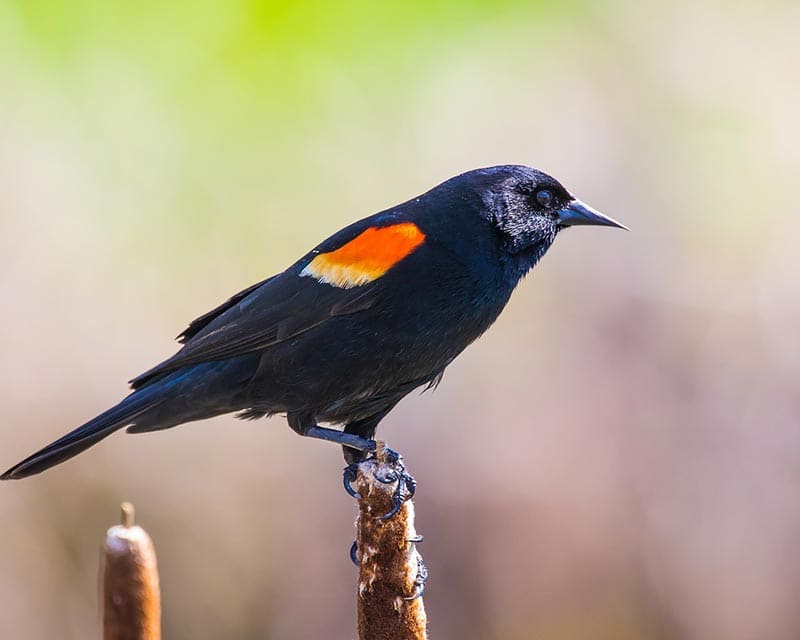
Tuning Their Vocals
We don’t know if you’ve ever heard this, but experts believe it takes 10,000 hours to perfect a craft. And we’re starting to think maybe there’s some truth in it, considering birds love perfecting their calls when they are not busy hunting or foraging. These calls are different, though. The parents will go first, and then the babies.
They’ll try to mimic and perfect whatever chirp or song they hear, to make it easier for them to communicate the next time they need something. Of course, they could keep quiet if they wanted to, but they know practicing is important as this skill is essential for survival. It’s not just some social stunt, as some experts would want you to believe.
Comforting The Nestlings
Humans are not the only group of species that have to deal with crying babies at night. This phenomenon has also been observed in animals, especially birds. If they feel cold or hungry, those hatchlings will wake up the parents and every bird nearby without thinking twice. It’s their way of letting the parents know that they aren’t comfortable in that state and would thus require more attention or care.
Searching For Family
Migratory species rarely migrate during the day. It’s too dangerous as it exposes them to predators looking for easy prey.
Unfortunately, it’s easy to get lost in such conditions or inadvertently be left behind by your family. To avoid such mishaps, they’ll chirp at intervals until they get to the next fuel station or wherever they are going. In this case, the chirps are called flight calls.
Disorientation
While some of these species are intelligent, they aren’t as intelligent as we are. Believe it or not, you can easily make a bird think that it’s daytime when in reality, the sun is far from rising.
According to ornithologists, urban streetlights are among the few things that are known to draw such reactions from these birds. As a result of light pollution, these species end up thinking that they’ve had enough sleep and are ready to start foraging. The chirps are their way of letting other birds know that they are heading out to look for food.
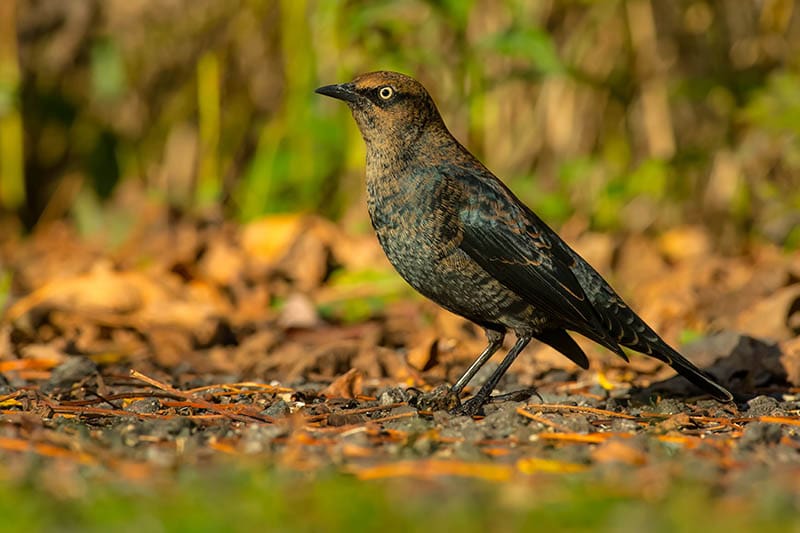
Danger & Uncertainty
There’s no single bird out there that will stay quiet in the face of danger. They’ll chirp as loudly as they can, as this is their way of sounding the alarm. And by doing so, they’ll not only buy more time for the other species to get away, but also make the predator second-guess their next move.
What we found to be strange was how different the level noises were. For instance, if the predator was an apex in that ecosystem, the noises were louder than those triggered by a middle-of-the-food-chain predator.
Discovery Of a New Food Source
Food is everything in the animal kingdom. Birds will get so excited the minute they realize that they’ve stumbled upon a source that will probably serve them for the next season or two.
And if the first species to make the discovery hails from a social community, they’ll make all sorts of noises to signal the flock. If it’s a male bird, at a stage where it’s actively seeking a potential mate, he’ll scream his lungs out just to let all the single females know that he’s a provider.
Seeking Mates
While we’re still on this topic of singles, you should know male nocturnal species do sing a lot at night, as the breeding season approaches. The goal is to attract a potential mate, who’ll only settle for the male who manages to produce the most complex of songs.
“Complex” in this context doesn’t mean that the songs are beautiful, but they are certainly distinctive.
Claiming Territory
Since there are no laws out there in the wild, these species are only able to negotiate boundaries or ward off unwanted guests by singing or chirping. And establishing boundaries in a territory is important, as this ensures that they don’t end up fighting for limited resources. If a different species try to muscle their way in, the community will come together, and make lots of noise.

Conclusion
We don’t think anyone would want to lure such birds to their backyard, but if you don’t mind the noises, you could start by installing feeders. Although most of these species love feeding on insects, they’ll never turn down free food.
So go get some seeds, grains, fruits, or berries, and fill your feeders. You should also serve them some water and leave behind enough for an evening bath. Birds love being clean just like humans do.
Featured Image Credit: Kenneth Rush, Shutterstock
About the Author Robert Sparks
Robert’s obsession with all things optical started early in life, when his optician father would bring home prototypes for Robert to play with. Nowadays, Robert is dedicated to helping others find the right optics for their needs. His hobbies include astronomy, astrophysics, and model building. Originally from Newark, NJ, he resides in Santa Fe, New Mexico, where the nighttime skies are filled with glittering stars.
Related Articles:
Monocular vs Telescope: Differences Explained (With Pictures)
10 Types of Hummingbirds in Arkansas (With Pictures)
8 Types of Hummingbirds in Nebraska (With Pictures)
5 Types of Hummingbirds in Idaho (With Pictures)
3 Types of Hummingbirds in Mississippi (With Pictures)
8 Types of Hummingbirds in Kansas (With Pictures)
5 Types of Hummingbirds in West Virginia (With Pictures)
5 Types of Hummingbirds in Ohio (With Pictures)
